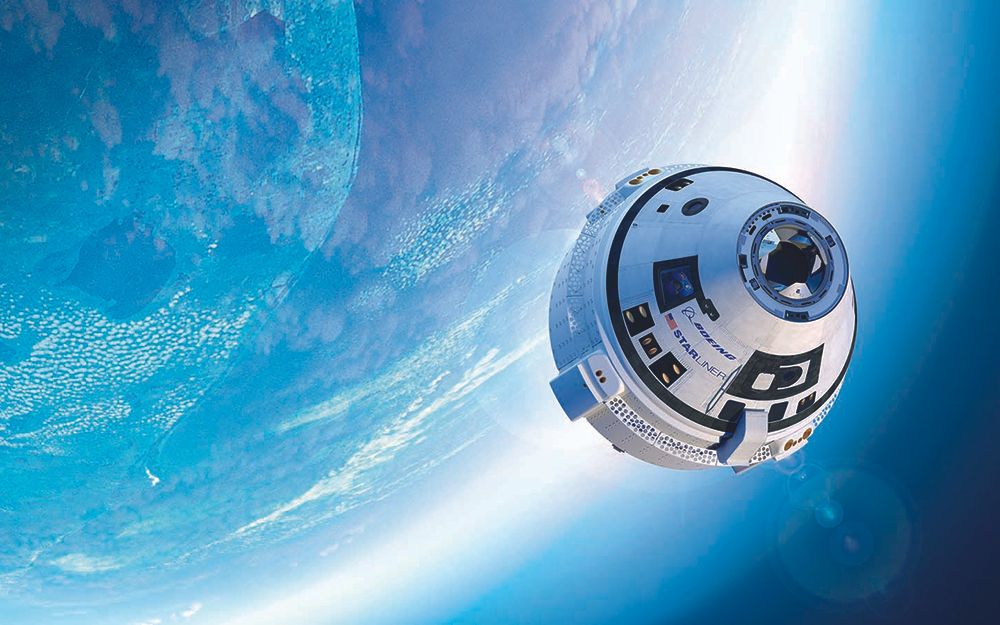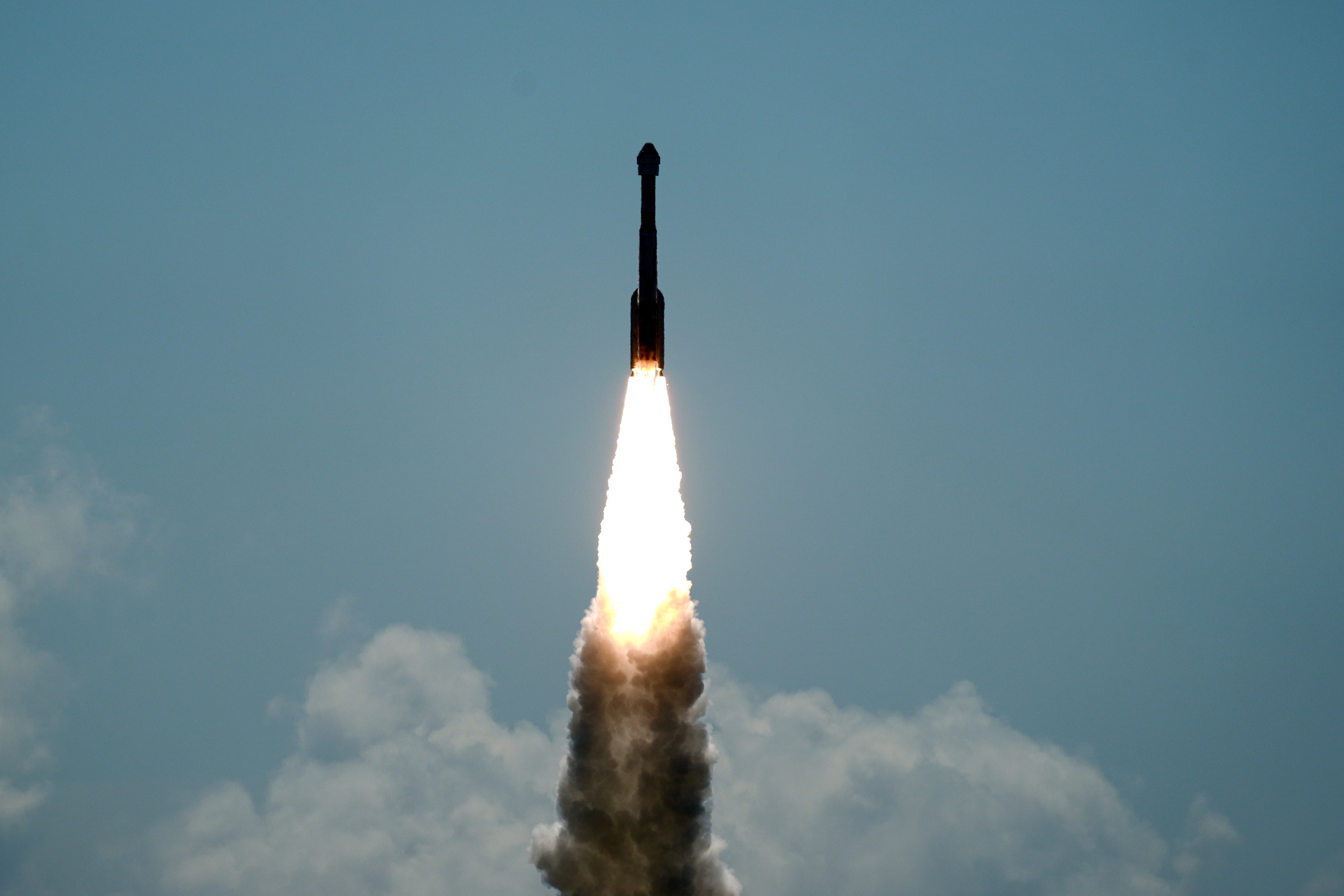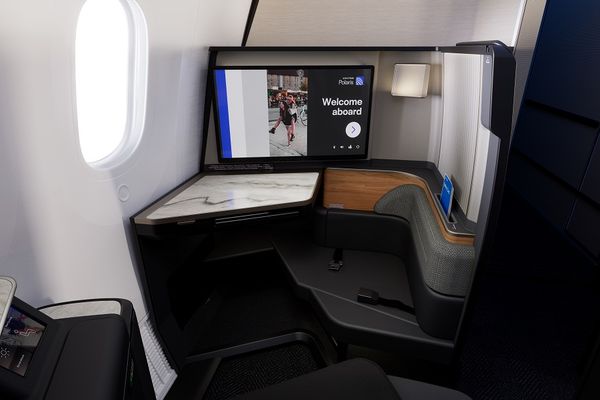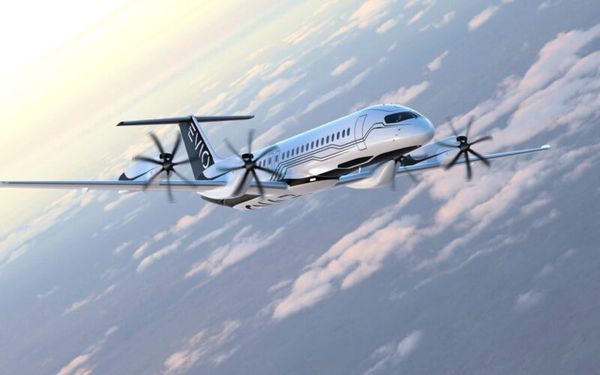
Boeing made numerous headlines in 2024 for multiple notorious technical failures and was accused of killing two whistleblowers. The company desperately continues attempting to resolve its problems, but it has not worked.
Now, NASA astronauts are stuck in space with no set return date to Earth due to several mechanical issues with its Starliner spacecraft.
Mission Background
The Boeing Starliner launched on June 5, 2024, from Florida's Cape Canaveral Space Force Station. The crew of two experienced astronauts, Sunita Williams and Barry Wilmore, were scheduled to be on board for eight days.

This mission will help Boeing test its spacecraft and certify them for routine missions to and from the International Space Station.
As a part of NASA's Commercial Crew Program, Boeing's spacecraft testing and certification helps NASA get closer to delivering safe, reliable, and cost-efficient human travel to space.
The new generation of spacecraft and launch systems will provide astronauts with expanded utility, more research time, and more opportunities for discovery along the orbiting International Space Station. Once it's successful, it will make it easier for astronauts to complete regular missions to the orbiting station.

Mechanical Issues and Astronaut Safety
Space travel is fraught with multiple hazards. Before the inaugural flight, Boeing warned that things may not go perfectly with the Starliner. The spacecraft has had a few small helium leaks over some time.
Boeing initially blamed it on a lousy seal but has since backtracked and is currently trying to pinpoint the issue's origin. The leaks were tiny, prompting engineers not to postpone the human-crewed test flight.
However, this caused five of its 28 manoeuvring thrusters to cut out when approaching the International Space Station. Four of them have since been restarted. Luckily, due to thruster redundancy, the helium leaks are not dangerous. The Starliner can fly back to Earth safely if needed.

The two astronauts on board are not in any danger on the ISS. Since the station can accommodate up to eight spaceships at a time, the astronauts can get additional supplies sent up if needed.
The station is also about the size of an American football field, measuring 74 meters (243 feet) by 110 meters (361 feet), meaning the astronauts are not cramped. According to NASA, "the crew is not pressed for time to leave the station since there are plenty of supplies in orbit, and the station's schedule is relatively open through mid-August."
The Starliner is cleared to return to Earth anytime if no more significant problems arise. However, Williams and Wilmore willingly delay their return out of caution.

NASA issued a statement indicating that they follow standard procedure and let data drive their decisions. Furthermore, Williams and Wilmore have only been aboard the space station for two weeks, which pales compared to U.S. record holder Peggy Whiston's 665 days, or 95 weeks, aboard.
Post-Mission
NASA is committing to a July return date, which could still be postponed. If the situation worsens and the Starliner loses clearance to fly back to Earth, the astronauts will still be fine.

SpaceX could send one of its ships to the ISS to bring Williams and Wilmore back. Fortunately, this is Boeing's absolute worst-case scenario.
Once the Starliner returns home, Boeing and NASA will collaborate to certify the spacecraft. Boeing hopes to put it in regular rotation during the process, sending crew to and from the ISS. However, this goal is quite ambitious, and it is unknown how long it could take to become a reality.
How Evio’s 810 Airliner Aims to Rescue Regional Aviation » Final Delivery Tally and OEM Tracker » How Guides Can Manage Seasonal Demand and Last-Minute Bookings With Better Planning Tools »
Comments (0)
Add Your Comment
SHARE
TAGS
NEWS NASA Astronauts ISS Boeing Starliner Technical FaultsRECENTLY PUBLISHED
 Nearly 500 Flights Cancelled Following Venezuela Attack, Caribbean Airspace Closure
Hundreds of flights have been cancelled this morning after an overnight U.S. military attack in Venezuela left airspace in much of the Caribbean closed.
NEWS
READ MORE »
Nearly 500 Flights Cancelled Following Venezuela Attack, Caribbean Airspace Closure
Hundreds of flights have been cancelled this morning after an overnight U.S. military attack in Venezuela left airspace in much of the Caribbean closed.
NEWS
READ MORE »
 Why Airline Class Wars Will Intensify in 2026
The "Class War" of 2026 is no longer just about legroom; it is a calculated, multi-billion-dollar strategic pivot by Original Equipment Manufacturers (OEMs) and carriers to capture a "splurge-ready" traveller base that is increasingly opting for "one big trip" over frequent, low-cost hops.
INFORMATIONAL
READ MORE »
Why Airline Class Wars Will Intensify in 2026
The "Class War" of 2026 is no longer just about legroom; it is a calculated, multi-billion-dollar strategic pivot by Original Equipment Manufacturers (OEMs) and carriers to capture a "splurge-ready" traveller base that is increasingly opting for "one big trip" over frequent, low-cost hops.
INFORMATIONAL
READ MORE »
 How Evio’s 810 Airliner Aims to Rescue Regional Aviation
As the regional airline industry grapples with a staggering 27% fleet reduction over the last five years, a new powerhouse has emerged from stealth to reclaim "thin" routes. Evio Inc., a Montreal-based startup backed by aerospace titans Boeing and Pratt & Whitney Canada, has unveiled the EVIO 810, a clean-sheet, 76-seat "strong hybrid" airliner designed to restore profitability to short-haul sectors.
INFORMATIONAL
READ MORE »
How Evio’s 810 Airliner Aims to Rescue Regional Aviation
As the regional airline industry grapples with a staggering 27% fleet reduction over the last five years, a new powerhouse has emerged from stealth to reclaim "thin" routes. Evio Inc., a Montreal-based startup backed by aerospace titans Boeing and Pratt & Whitney Canada, has unveiled the EVIO 810, a clean-sheet, 76-seat "strong hybrid" airliner designed to restore profitability to short-haul sectors.
INFORMATIONAL
READ MORE »



